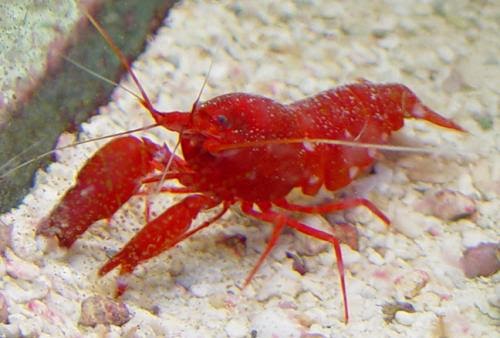So far, what we have managed though, is controlling the phenomenon in a way where we can see this light being emitted continuously, something that Professor Seth Putterman, calls
So, heading back to where we started, pistol shrimps use a very similar mechanism to hunt down their prey. By using their claws, these shrimps create small air bubbles that they can shoot. The bubble shot by the shrimp hits the target at a speed of close to 100 kmph, which is good enough to kill it instantly or at least stun it, in case, its a big fish.
While the light produced in this method is invisible to the naked eye, the mechanism is quite the same and therefore, when the phenomenon was discovered in 2001 by Michel Versluis and his team at the University of Twente, Netherlands, they called it, Shrimpoluminescence.
If you have liked reading this post, why not follow our blog, using the Follow Button on the screen or following us on your favourite social media, whether it is Facebook or Twitter or Google+) and making a resolve to read every post that we send your way.
Plus, there is another interesting post about Leidenfrost effect on our blog! Happy reading!



